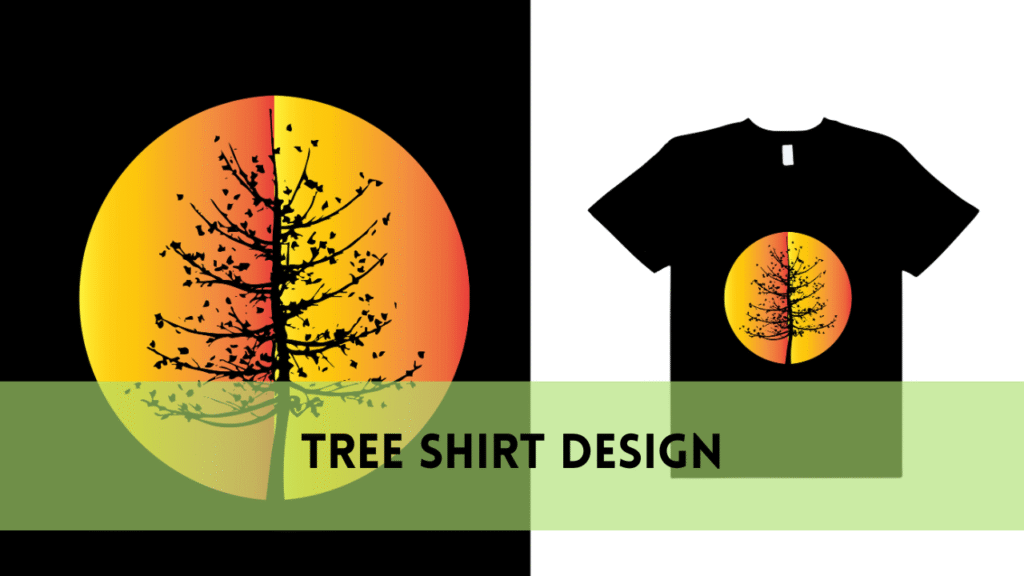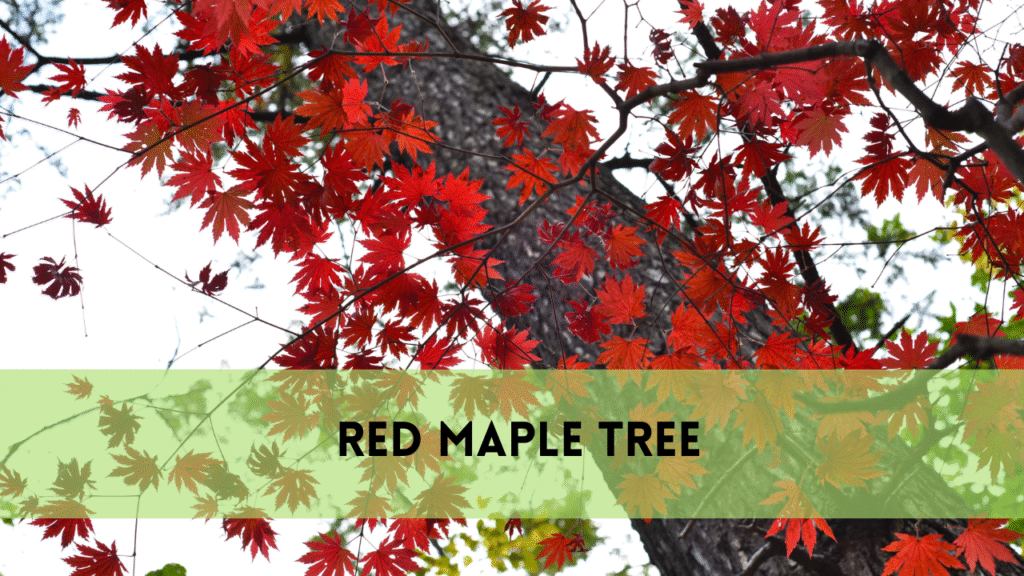How to remove small tree stumps?
Small tree stump removal demands a thorough understanding of practical techniques and safety precautions. In this lesson, we will look at the competence of trained arborists and how to remove small tree stumps. Arborists, with their specific knowledge and skills, provide essential insights into the process, assuring a smooth and environmentally beneficial approach. This article provides a detailed overview of everything from estimating stump size to implementing safety measures and dealing with environmental concerns. Join us on this examination of how to remove small tree stumps with the help of qualified arborists.
Understanding Small Tree Stumps
Small tree stumps may appear inconspicuous, but their removal requires a thorough understanding of tree anatomy and root systems. Arborists stress the need of determining the tree species and stump size before beginning the removal process. Understanding the complexities of small tree stumps entails being aware of the potential obstacles provided by different root systems. Furthermore, factors like as soil type and adjacent vegetation are critical in identifying the most successful eradication methods. This section digs into the fundamentals, offering information that enables property owners to make informed decisions about the presence of small tree stumps in their landscapes.
Safety First: Arborist-Recommended Measures
When removing a small tree stump, safety comes first. Arborists underline the necessity of following specified safety precautions to avoid accidents and injury. Wear adequate personal protection equipment, such as gloves, safety glasses, and sturdy footwear. When operating equipment, use caution, proper lifting techniques, and stay aware of your surroundings. To reduce dangers, arborists underline the importance of understanding how to use the equipment properly. By adopting these safety measures, individuals can confidently and securely undertake small tree stump removal projects
Tools to remove small stumps
Mattock: This multipurpose instrument combines an axe and an adze, making it great for chopping roots and removing soil around stumps.
Stump Grinder:A stump grinder is a specialized machine that grinds stumps and roots below ground level, preparing the area for replanting or other landscaping.
Chainsaw: A chainsaw is useful for chopping the stump close to the ground, making it easier to remove.
Digging Bar: Also known as a pry bar, this tool lifts and loosens the stump from the dirt.
Shovel: A robust shovel helps to dig around the stump and remove loose soil.
Root Saw: Used to cut through bigger roots that may protrude from the stump.
Safety Gear: Protective gear, such as gloves, safety glasses, and steel-toed boots, assures the safety of the person doing the removal.
Step-by-Step Guide: How Arborists Remove Small Tree Stumps
Arborists use a rigorous procedure to remove small tree stumps effectively. Here’s a step-by-step guide that explains their approach:
To select the best removal procedure, arborists first examine the stump’s size, kind, and placement.
The debris around the stump is removed, ensuring a safe and accessible workspace.
Using a chainsaw, arborists cut the stump as close to the ground as possible, making disposal easier.
Arborists use instruments such as root saws to cut through and loosen the root system on stumps with visible roots.
Arborists use equipment such as mattocks and digging bars to loosen the earth surrounding the stump, exposing the roots for easy extraction.
In rare circumstances, arborists may use a stump grinder to remove the stump and roots below ground level.
After exposing and loosening the roots, arborists delicately extract the stump, causing least disruption to the surrounding landscape.
Backfilling and cleanup involve filling the void left by the stump with soil and levelling the ground. Debris and extra soil are removed for a clean finish.
Arborists who follow this detailed instructions ensure that small tree stumps are removed efficiently and thoroughly, preparing the landscape for future growth or landscaping work.
Environmental Impact: Eco-Friendly Arborist Practices
- Sustainable Removal Techniques: Arborists prefer procedures that cause the least amount of disruption to the surrounding ecosystem. Hand removal and selective cutting decrease the need for heavy machinery, reducing soil compaction and maintaining habitat.
- Responsible Waste Management: The proper disposal of discarded stumps and branches is critical. Arborists frequently recycle wood waste into mulch or other items, lowering landfill contributions and encouraging the circular economy.
- Soil Preservation: Arborists are concerned with preserving soil health during tree removal. Techniques such as employing matting to protect the soil from heavy equipment and applying organic soil amendments help to maintain a healthy and fertile ecosystem.
- Tree Preservation: Arborists work to save trees whenever possible. They help to protect biodiversity and local ecosystems by assessing tree health, providing preventive treatment, and selecting removing only vital sections.
- Native Species Promotion: Arborists frequently promote the planting of native tree species as part of landscaping projects. Native trees are better adapted to their surroundings, needing less upkeep and encouraging biodiversity.
FAQS
Q: Can I remove a tiny tree stump myself?
A: While DIY is an option, employing a professional arborist provides knowledge and protects against potential hazards.
Q: How long does stump removal by arborists usually take?
A: The duration varies depending on stump size and complexity, and arborists provide realistic estimations during inspections.
Q: Are there any regulations regarding stump removal?
A: Local rules may apply; arborists should be aware and follow all applicable guidelines.
Q: What if the stump is in a difficult position?
A: Arborists use specialized equipment and techniques to safely remove stumps in difficult locations.
Q: Can I utilize stump debris?
A: Yes, arborists frequently repurpose stump material for mulch or other landscaping reasons, thereby encouraging sustainability.
Conclusion
Finally, arborists’ procedure of removing small tree stumps is precise and environmentally friendly. Arborists provide a variety of expertise and sustainable approaches to guarantee that the removal is both efficient and environmentally appropriate. The environmental impact is reduced by using arborist-approved tools, following safety precautions, and promoting eco-friendly procedures. Arborists play a critical role in maintaining ecological balance by using sustainable removal techniques and lobbying for tree preservation and native species promotion. Choosing the correct arborist guarantees that the removal procedure follows environmental principles, benefiting both landscapes and communities.




